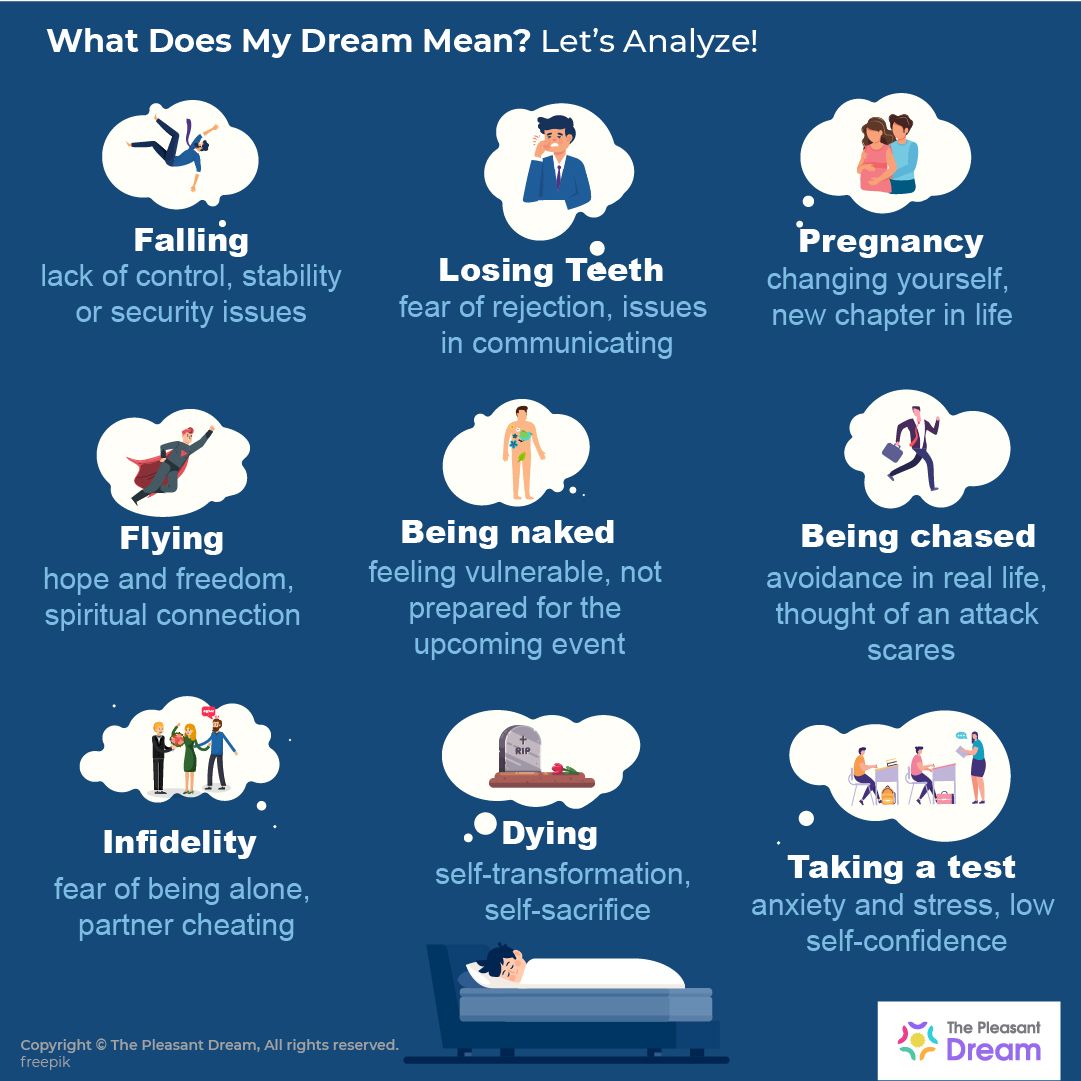Understanding Dreams: Interpretations, Meanings, and Insights from Linda Shields and Sigmund Freud
Unlocking the Secrets of Your Subconscious: Exploring Dream Interpretations with Linda Shields and Sigmund Freud Dreams. Those nightly voyages into the surreal, the illogical, and sometimes, the downright bizarre. For centuries, humans have been captivated by these nocturnal narratives, seeking to decipher their hidden meanings and unlock the secrets of their subconscious minds. While the…

Unlocking the Secrets of Your Subconscious: Exploring Dream Interpretations with Linda Shields and Sigmund Freud
Dreams. Those nightly voyages into the surreal, the illogical, and sometimes, the downright bizarre. For centuries, humans have been captivated by these nocturnal narratives, seeking to decipher their hidden meanings and unlock the secrets of their subconscious minds.
While the world of dream interpretation is vast and varied, two influential figures stand out: Sigmund Freud, the father of psychoanalysis, and Linda Shields, a modern dream expert known for her practical and accessible approach. This article delves into the fascinating world of dream interpretation, exploring the key concepts of both Freud and Shields, and offering insights into how you can begin to understand your own dreams.
Why Interpret Dreams? The Power of the Subconscious
Before diving into specific interpretations, it’s important to understand why dream interpretation holds such allure. The underlying belief is that our dreams provide a window into our subconscious, revealing repressed emotions, unresolved conflicts, and hidden desires that we may not be aware of during our waking hours.
By understanding our dreams, we can:
- Gain self-awareness: Identify patterns in our thoughts, feelings, and behaviors.
- Address unresolved issues: Confront and process past traumas and emotional wounds.
- Improve mental health: Reduce anxiety, stress, and negative thought patterns.
- Enhance creativity and problem-solving: Access untapped potential and find innovative solutions.
Sigmund Freud: The Pioneer of Dream Analysis
Sigmund Freud revolutionized the field of psychology with his theories of psychoanalysis, and dream interpretation played a central role. He famously described dreams as the “royal road to the unconscious.“
Here are some key concepts from Freud’s dream theory:
- Manifest Content vs. Latent Content: The manifest content is the surface-level story of the dream – the actual events, people, and objects you experience. The latent content is the hidden, symbolic meaning behind the manifest content, reflecting your unconscious desires and fears.
- Symbolism: Freud believed that dreams are filled with symbolism, using everyday objects and situations to represent deeper psychological concepts. For example, elongated objects (like snakes or knives) could symbolize male genitalia, while enclosed spaces (like rooms or caves) could symbolize the female womb.
- Wish Fulfillment: Freud proposed that dreams are primarily driven by the desire to fulfill unconscious wishes, often rooted in childhood experiences. These wishes may be disguised or distorted to avoid causing anxiety or guilt.
- Dreamwork: This refers to the process by which the unconscious mind transforms unconscious wishes into the manifest content of the dream. This process involves techniques like:
- Condensation: Combining multiple thoughts, feelings, or images into a single dream element.
- Displacement: Shifting emotions from one person or object to another.
- Symbolization: Converting unconscious wishes into symbolic representations.
- Oedipus Complex: A controversial theory suggesting that children develop unconscious sexual desires for their opposite-sex parent and feelings of rivalry towards the same-sex parent. This can manifest in dreams through symbolic representations of the parents.
Linda Shields: A Modern and Accessible Approach
Linda Shields, a contemporary dream expert, offers a more practical and accessible approach to dream interpretation. While acknowledging the influence of Freud, Shields emphasizes the importance of considering the individual’s unique life experiences, emotions, and personal symbols when interpreting their dreams.
Here are some key principles of Shields’ approach:
- Personal Symbolism: Shields encourages dreamers to identify their own personal symbols and associations. A symbol that holds a particular meaning for one person may have a completely different significance for another.
- Emotions are Key: Focus on the emotions you experienced during the dream. Were you happy, scared, anxious, or sad? The emotions associated with specific dream elements can provide valuable clues about their underlying meaning.
- Connecting to Waking Life: Look for connections between your dream and your current waking life. Are you facing any challenges, experiencing strong emotions, or dealing with unresolved issues? The dream may be reflecting these situations in a symbolic way.
- Dream Journaling: Shields advocates for keeping a dream journal to record your dreams immediately after waking up. This helps you remember details and identify recurring themes and patterns.
- Context is Crucial: Consider the context of the dream – where did it take place, who was involved, and what was happening? The context can provide important clues about the meaning of the dream.
- Intuition: Trust your intuition. What does the dream feel like? What is your initial reaction to it? Your intuition can often guide you towards the most accurate interpretation.
Practical Tips for Interpreting Your Own Dreams:
Here are some practical steps you can take to begin interpreting your own dreams:
- Keep a Dream Journal: Place a notebook and pen by your bedside and record your dreams immediately upon waking. Even if you only remember fragments, write them down.
- Identify Key Elements: Highlight the most striking images, people, places, and emotions in your dream.
- Explore Personal Associations: Ask yourself what each element means to you personally. What feelings or memories does it evoke?
- Consider Your Current Life: Reflect on what’s happening in your waking life. Are there any stresses, challenges, or unresolved issues that might be influencing your dreams?
- Look for Recurring Themes: Over time, you may notice recurring themes, symbols, or emotions in your dreams. These patterns can provide valuable insights into your subconscious.
- Don’t Over-Analyze: Dream interpretation should be a process of self-discovery, not a rigid exercise in deciphering symbols. Don’t get bogged down in trying to find definitive answers.
- Seek Professional Help: If you’re struggling to understand your dreams or if they are causing you distress, consider consulting with a therapist or dream analyst.
Conclusion: Embracing the Mystery of Dreams
Dream interpretation is a fascinating and complex field that offers valuable insights into the workings of the human mind. While Freud’s theories provide a foundational understanding of dream symbolism and the unconscious, Linda Shields’ approach emphasizes the importance of personal symbolism and emotional connection. By combining these perspectives and incorporating your own intuition, you can begin to unlock the secrets of your subconscious and gain a deeper understanding of yourself. So, embrace the mystery of your dreams and embark on a journey of self-discovery. Your subconscious awaits!
#Understanding #Dreams #Interpretations #Meanings #Insights #Linda #Shields #Sigmund #Freud






